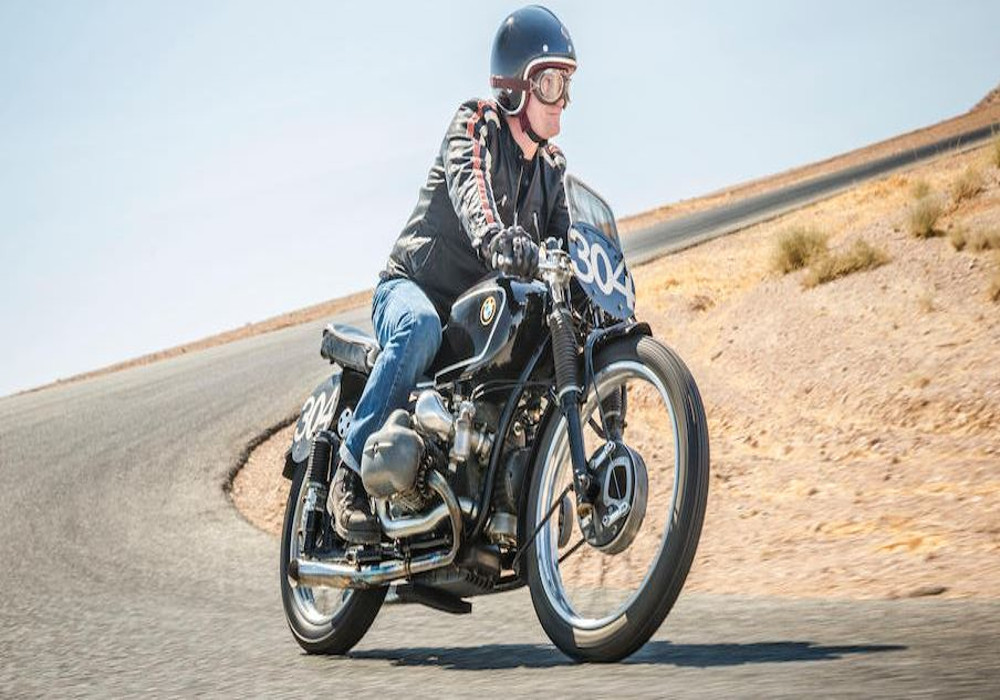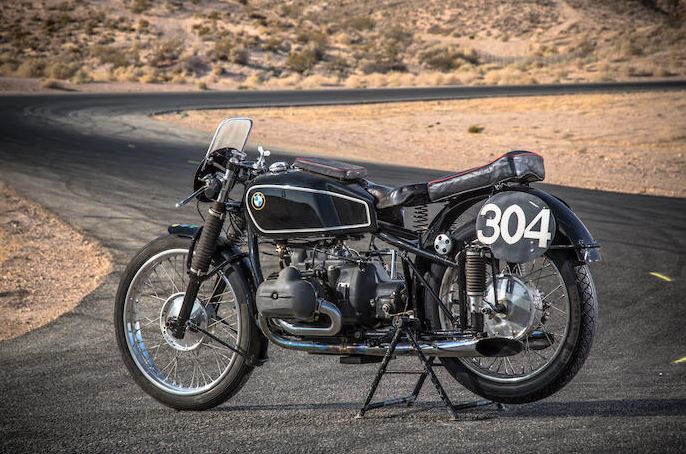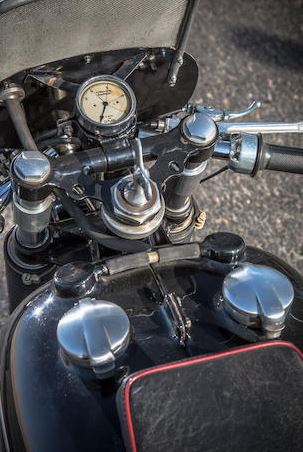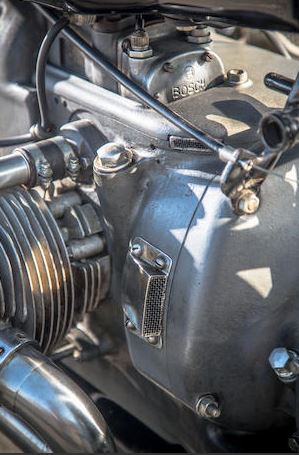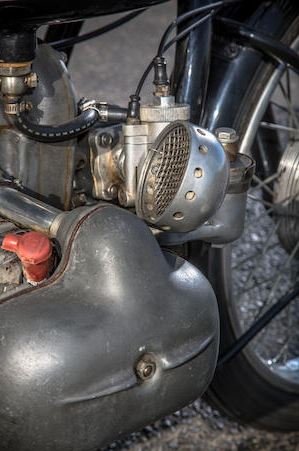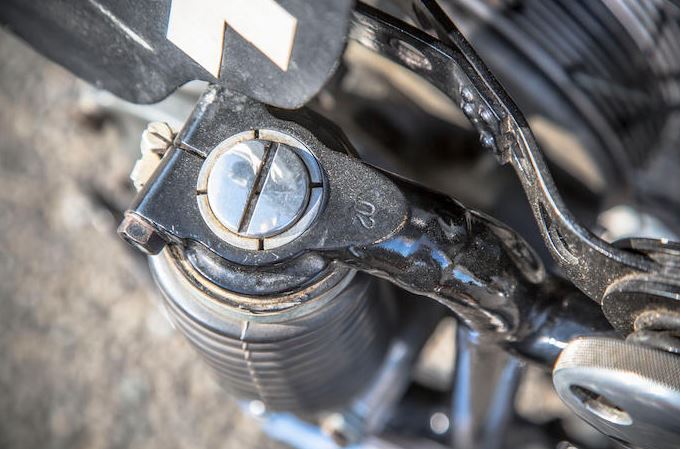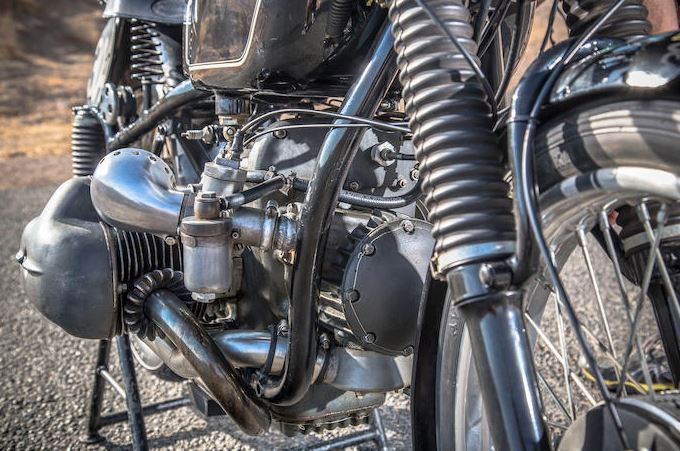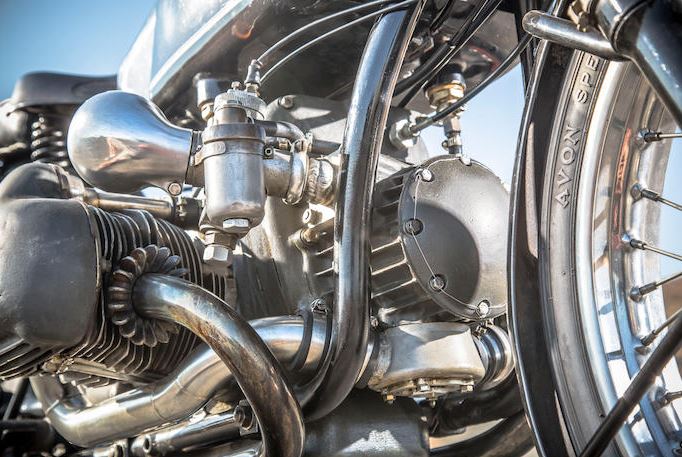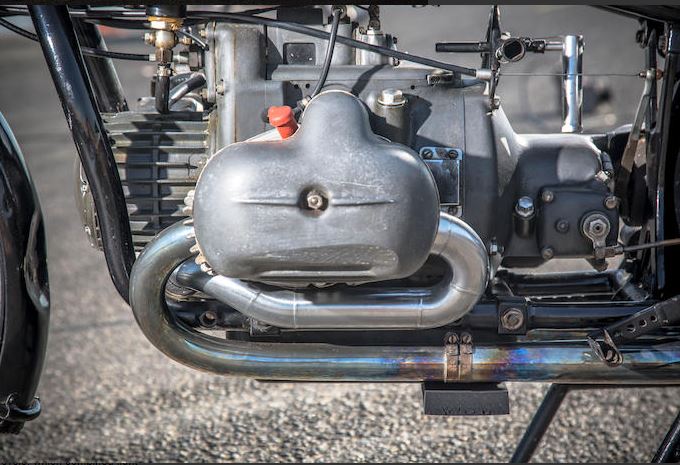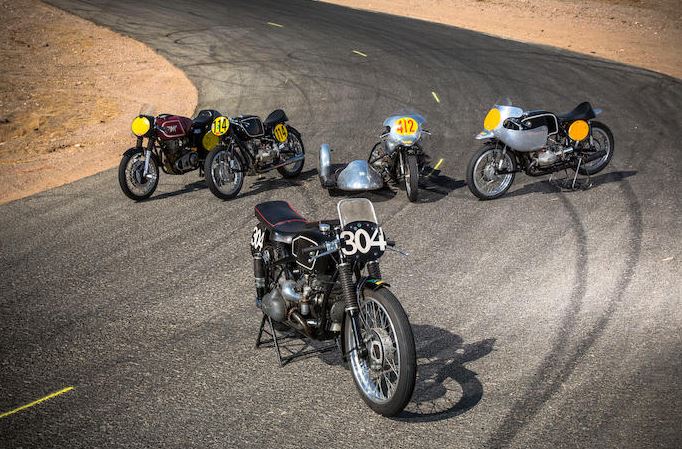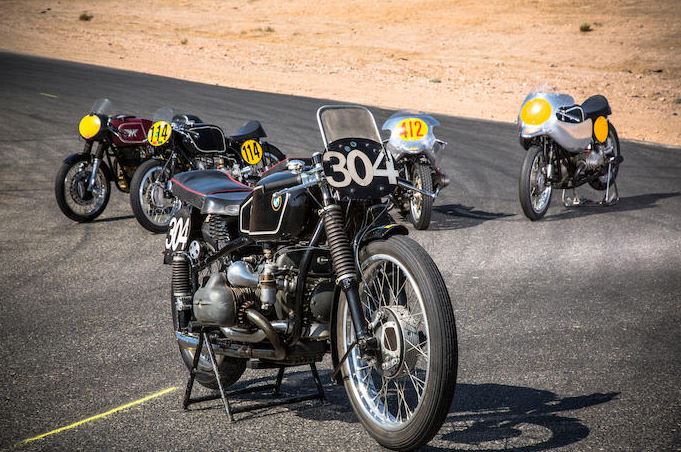There is no doubt the BMW RS255 merits a place at the plain pinnacle of motorcycling history. While the German marque is respected all through the world for its able, agreeable, and up-to-date motorcycling, there was a time when it remain on the top of street racing as well. This was completely productive, dependable, light, and devastatingly quick machine.
The late 1930s was a age of excellent racing, with the bike plants of Europe conflicting on recently manufactured, fast hustling tracks with supercharged racers of numerous chambers. Stalwarts of single-chamber, overhead camshaft advancement .
Norton and Velocette particularly – had sharpened their light and solid racers since the mid-1920s, with incredible achievement, making the benchmark for an inside and out fantastic hustling cruiser, which consolidated light weight, great taking care of, rapid, and toughness for the long-remove races.
A beginner rider of extraordinary expertise could, and regularly won, a place in international racing with a machine acquired from these industrial facilities. In any case, the ‘Works’ occupations were dependably that bit quicker, and by the mid-1930s, what the manufacturing plants made for their groups turned into a totally unique machine from what even a favored rider would want to buy.
Also, in truth, over-the-counter racers still held a decent shot for a win or place, as the huge industrial facilities were truly extending the cutoff points of innovation and metallurgy while testing logical speculations of burning, supercharging, and streamlined features.
BMW were among the principal bike manufacturers to try different things with constrained acceptance, holding up a simple two years after the marque’s presentation (in 1923) to jolt a supercharger to their overhead-valve hustling machines.
Maybe on account of BMW’s profound associations with air motor and auto GP practice, their racing bikes were liable to persistent advancement with ‘blowers’, at first with blended achievement in street racing, yet which made incredible record of themselves in the field of Land Speed Record-breaking.
The World’s Fastest title had, since 1924, been held solely by extensive limit JAP-controlled English v-twins (introduced in Zenith, OEC or Brough Superior undercarriage), until the point when BMW in 1930 embedded exceptional, Rennsports ‘Kompressors’ in with the general mish-mash, dependably with the daring Ernst Henne in charge.
From this time onwards BMW exchanged generally with bigger limit English v-twins for the best speed stakes, in spite of the fact that an adversary Italian marque, Gilera, took top distinctions in 1937 (170.27mph), before BMW grabbed the title again soon thereafter (173.68mph), which it held until 1951.
From that first World’s Fastest title in 1930, impressive advancement was required before the BMW frame could contend on even terms with the armada and deft English single-barrel racers.
Incredible walks forward came in 1935, with the presentation of a conspicuously current adjustable front fork, and the mix of the supercharger at the front of the motor, as opposed to on the gearbox as already. By 1937 BMWs had springing at the back too, utilizing a curl sprung plunger framework, with an extra contact damper for the racers to monitor the undamped bob.
As the motor office discovered expanding power, a strict spotlight on weight control started to pay profits in taking care of and speeding up. The broad utilization of magnesium for motor castings and wheel centers was joined with a ultralight, lugless casing worked from lightweight, decreased tubing; rich, light, and exceptionally solid.
The consequence of this ceaseless advancement and enhancement was the RS255, which won both the German and European titles in 1938. A last prize evaded BMW’s grip, however, as the globe’s consideration centered around the Isle of Man TT as ‘a definitive’ street race, and BMW could just oversee fifth spot at the TT in ’38, with English rider Jock West on board.
The RS255 had been helped, tuned, and sharpened into a wonderful racing cruiser. It was quicker than every one of its opponents, notwithstanding those (AJS, Gilera) with twice the same number of supercharged barrels, yet figured out how to be lightest of all the 500cc Grand Prix racers, completely 30lbs not as much as its central adversary, the now twofold overhead camshaft Norton, which likewise had its own broad utilization of magnesium housings and full springing front and back.
The two main focal points of the English marques turned into the unwavering quality of their motors, and the brilliance of their riders. BMW had its secret weapon in the rider office, as a daring policeman named Georg Meier had soared in a minor two years to the highest point of the street hustling amusement, in the wake of being ability spotted amid a brief rough terrain bike racing profession.
BMW partners Jock West and Karl Gall were fantastic riders, yet did not have the extraordinary characteristics expected of a racing Immortal.
Meier wasn’t strong amid the 1939 Grand Prix season, as the four-barrel, twofold overhead camshaft, water-cooled Gilera ‘Rondine’ piled on racing focuses by sheer pace on the ultra-quick tracks of Europe, winning the European Championship that year. Be that as it may, the Isle of Man TT still called, which required incredible taking care of, and an unrivaled rider, past unimportant best speed.
Landing on the Island ahead of schedule to abuse 14 entire long stretches of race practice, the BMW group frantically needed to demonstrate the prevalence of their machines, and pushed hard; part Karl Gall paid with his life, slamming vigorously after the famous ‘jump’ at Ballaugh Bridge.
In spite of the loss of their colleague, Meier and West ruled the Senior TT, with Meier particularly crushing lap records from a standing begin, and continuing breaking lap times till the simple end, when he turned into the primary non-British rider to win the world’s most troublesome street race. His triumph guaranteed his, and the RS255’s, persevering legend.
After WW2, with Germany was prohibited from International racing, some ‘blown’ BMW racers kept on coursing in the household titles, yet total, and practical, RS255s were in every case to a great degree uncommon.
With the ascent of Vintage racing and legacy marches far and wide amid the 1970s, no case of BMW’s ‘Kompressor’ was accessible for open exhibit (Meier’s ’39 TT victor sat in boxes in the USA), so previous BMW industrial facility racer Walter Zeller requested that BMW march Georg Meier’s 1950-time RS255, which sat in plain view at the BMW Museum in Munich.
BMW said ‘no’, yet Zeller was diligent in his longing to demonstrate the incredible machine on the track; he knew the BMW manufacturing plant still had a significant heap of racing parts, and in 1980 he started get together of a 1951 Rennsport ‘plunger’ outline with a certified 1939 RS255 motor.
Gustl Lachermaier, the BMW design who was in charge of overhauling racing motors all through the 1950s-70s (and who revamped all RS motors in the wake of resigning from the production line), assembled the motor to 1949/50 detail, with a greater supercharger than utilized in ’39.
The 1951 body has a reinforced edge, and the main pivot teleforks are fundamentally the same as the sort utilized by BMW in 1949-50. Zeller changed the front brake for twin-driving shoe activity, and utilized clasp ons rather than the ’39s level aluminum handlebars. The back wheel was worked with a 19″ edge rather than 20″, as no new feels sick of that estimate were accessible.
Zeller and Lachermaier utilized for the most part unique, manufacturing plant hustling segments, which they aggregated from BMW production line and exhibition hall stock or private contacts. BMW comprehended this machine to be Walter Zeller’s private venture, and gave him the parts, which may appear to be less momentous today, knowing the BMW manufacturing plant had recently given Zeller a processing plant constructed, street going supercharged ‘extraordinary’ in gratefulness for his second place in the 1956 Grand Prix World Championship. At last Walter Zeller turned into the official proprietor of the finished bike.
The BMW processing plant kept no records of racing motor and casing numbers from the prewar period, and there exists no related data connecting to race passages, riders or results. It is along these lines difficult to state with assurance the race history of the motor or frame of this cruiser, just that the segments are about all honest to goodness BMW ‘industrial facility’ racing parts, collected by two amazing figures in BMW history – hustling champion Walter Zeller, and motor manufacturer Gustl Lachermair – and marched by Zeller in Vintage occasions from the 1980s. What is sure is this deal speaks to an exceptional chance to claim a standout amongst the most desired bikes on earth, a case of the simple apex of prewar Grand Prix apparatus, and the delegated magnificence of BMW’s specialized ability.
Source : Bonhams




























